Search Images
Browse Content (p. 1294)
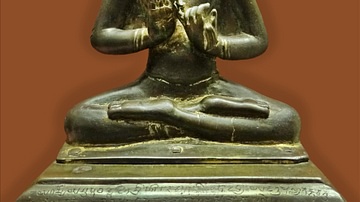
Image
Dharmachakra Mudra
Seated Buddha. A bronze figure of the Buddha showing the Dharmachakra mudra.
Danesar Khera, India, 6th century CE.
British Museum, London.
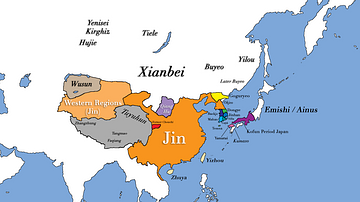
Image
East Asia circa 300 CE
This map shows all major civilizations of East Asia at the beginning of the 3rd century CE. Italicized texts indicate nomadic bands or tribal societies.
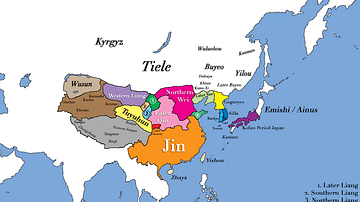
Image
East Asia in 400 CE
This map shows all major civilizations of East Asia at the beginning of 4th century CE. Italicized texts indicate nomadic bands or tribal societies.
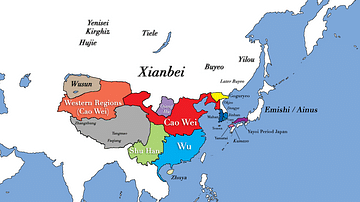
Image
Three Kingdoms Period of China and the Rise of Xianbei in the year 229 CE
This map depicts the boundaries of all major civilizations in East Asia at the beginning of the Three Kingdoms Period of China, with italics indicating nomadic bands and other tribal societies. Following the collapse of Han Dynasty in 220...
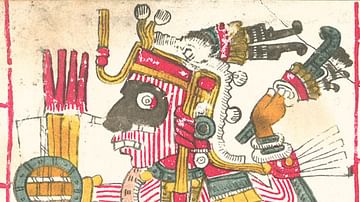
Image
Mixcoatl
Mixcoatl, the Mesoamerican god of hunting and the Milky Way. Here he is depicted in familiar guise with red and white striped face paint, black mask, and a bundle of arrows. Codex Borgia, pre-Columbian. (Vatican Museums, Rome)

Image
Hourglass
An hourglass.

Image
Bust of Sobeknefru
Bust of Queen Sobeknefru, 12th Dynasty, Egypt.
Louvre, Paris
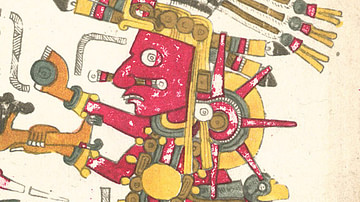
Image
Tonatiuh, Codex Borgia
Tonatiuh, the Aztec god of the 5th and last sun. From the Codex Borgia. (Vatican Museum Rome)
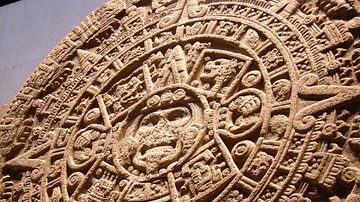
Image
Tonatiuh, Calendar Stone
The Aztec Sun Stone (also known as the Calendar Stone) is a representation of the five eras of the sun from Aztec mythology. Some scholars consider the central face to be that of Tonatiuh, the sun god, while others maintain it is the night...
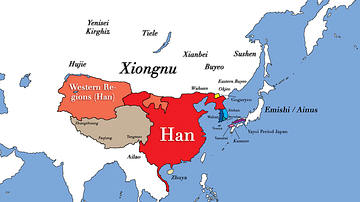
Image
East Asia in the year 1 CE
This map shows the boundaries of all major civilizations in East Asia at the beginning of the first millennium, with italics indicating nomadic bands and other tribal societies.